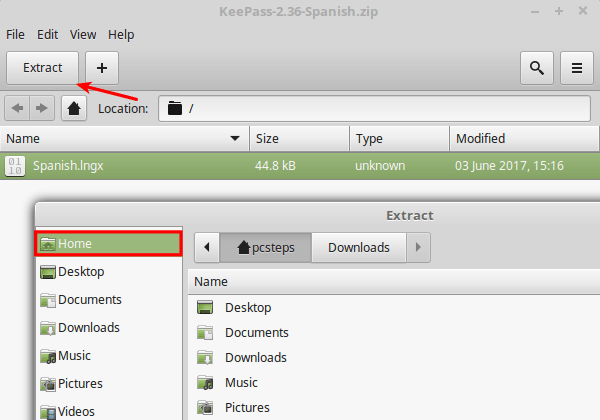

If you are not using BitLocker, Ubuntu will be able to see the correct hard drive structure, including any partitions and data stored on it. If you plan to install Ubuntu side by side with Windows, you need to take into consideration the operational setup on your computer. Without the correct credentials, the encrypted hard drive data will look like random noise. When a user starts their computer and properly authenticates with the correct credentials, BitLocker will decrypt the data and allow seamless usage of the hard drive and the data it contains.

It is designed to minimize the risk of data theft or exposure from lost or stolen computers. When activated, it will encrypt the contents of the hard drives in Windows, making the data inaccessible without the correct decryption key. The kdbx files can now be opened with KeePassXC and the attachments can be opened again.BitLocker Drive Encryption is a data protection feature that integrates with the Windows operating system. To install ~ $ sudo apt install keepassxc And it is part of the official Ubuntu repositories as well. It is fully compatible with the kdbx password database files. The biggest advantage with KeePassXC however is that this fork does not rely on Mono, instead it's built on Qt. There are a lot of forks of the original KeePass project around. However with the Ubuntu repositories, there is no newer KeePass 2 version available (yet). And the Mono project also merged a bug fix a month ago (in February 2021).

This bug was also reported in the Keepass discussion forums and on the Red Hat bugzilla (bugs 18486410).Īccording to an information in the latter bug description, a workaround was published in KeePass 2.47. Issue 17204 mentions these exact two errors (Access denied and Cannot find the specified file). It turns out that the source of the problem is a bug in Mono, a cross-platform open source dot net framework on which Keepass 2 is built. So something internally for all kinds of links (file paths and web URLs) seems to be broken since the upgrade.


 0 kommentar(er)
0 kommentar(er)
